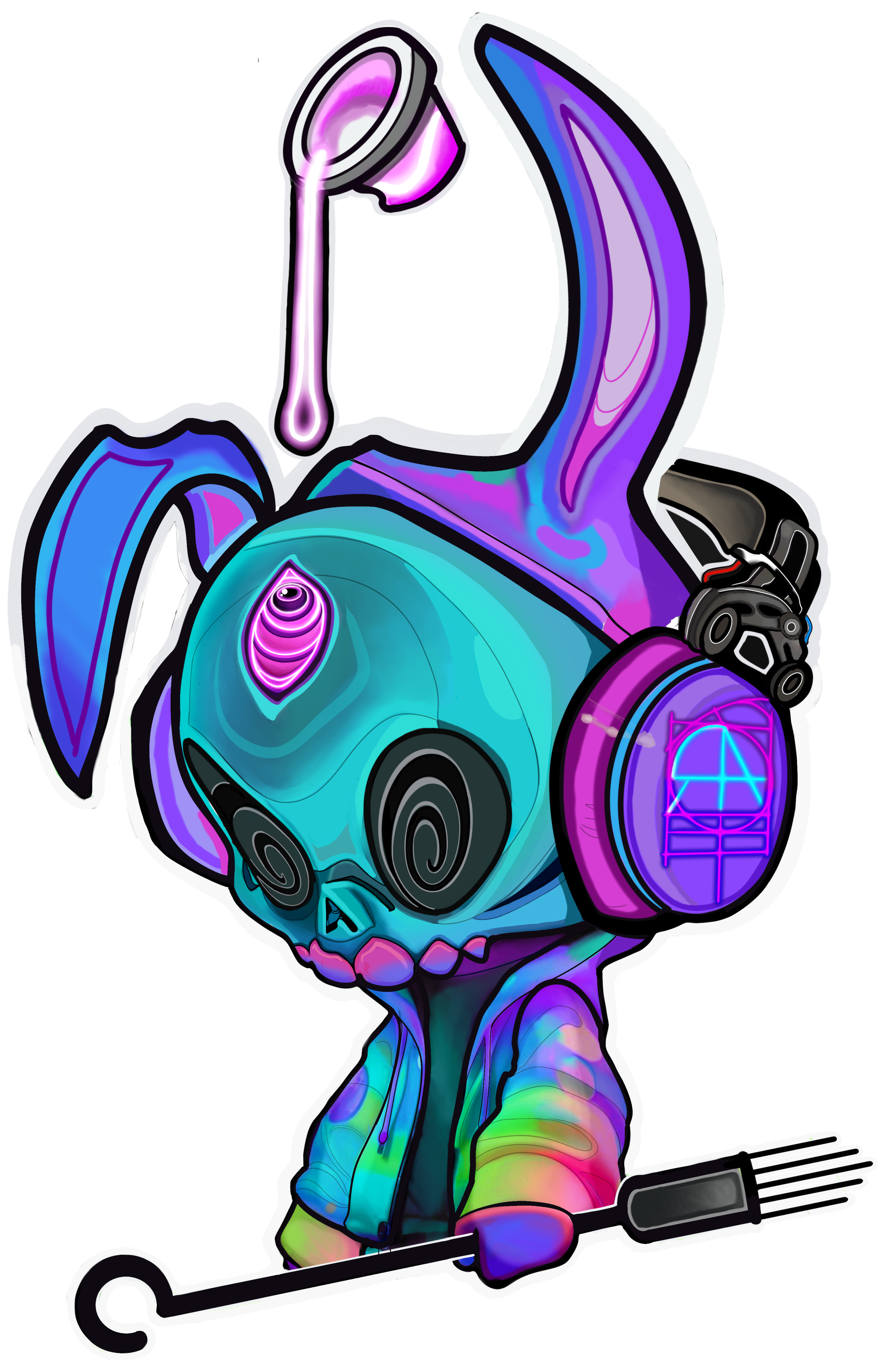"AI and Art: A Creative Partnership Between Machine and Artist"
The art world has always been a tapestry of creativity, where artists of all kinds bring their unique visions to life on canvas, paper, and other mediums. In recent years, however, there has been a growing buzz surrounding the integration of AI (Artificial Intelligence) into the creative process. As an artist, I've delved into this world, and today, I'd like to share my perspective on how AI impacts the art landscape.
The Burning Questions: Will AI Take My Job?
One of the pressing questions many artists have is whether AI will take their job or even steal their work. It's a valid concern, especially when we see AI-generated art making headlines and gaining attention. However, I believe that AI should be viewed as a tool rather than a threat. While AI can certainly create impressive works of art, it doesn't possess the heart and soul of a human artist. It imitates patterns, styles, and techniques, but it lacks the depth of emotion, the life experiences, and the storytelling that make art truly captivating.
AI as a Creative Partner
Instead of fearing AI, I've come to see it as a creative partner. AI can assist in various ways, from generating preliminary design ideas to automating repetitive tasks. It can be a valuable tool for artists, helping streamline their workflow and allowing them to focus on the essence of their work. In my experience, AI can suggest color palettes, generate background textures, or even offer composition ideas. It can help artists experiment and explore new directions.
AI's Limitation: Imitation, Not Creation
It's essential to remember that AI is fundamentally an imitator, not a creator. It lacks the ability to infuse personal experiences, emotions, and unique perspectives into art. While it can generate art based on existing data and patterns, it cannot tell a story, convey a message, or capture the human condition in the same way that artists can. This limitation assures me that original artists have nothing to worry about.
The Rise of Lazy Creators
One concern that arises with the increasing use of AI is the potential for more lazy creators. While AI can assist in the creative process, it shouldn't become a crutch for artists. Relying solely on AI to produce art can stifle one's artistic growth and prevent them from exploring their own unique style and voice.
The Human Touch
In the end, art is a reflection of the human experience. It's an expression of our emotions, thoughts, and perspectives. AI may play a supporting role in the creative process, but it will never replace the human touch, the artist's innate ability to inspire, and the capacity to evoke deep emotions.
As artists, we should embrace AI as a tool to enhance our creative journey, not fear it as a competitor. It can help us work more efficiently, offering suggestions and assistance, but the true magic of art will always come from the heart, the mind, and the hands of the artist. The burning questions surrounding AI's role in art will continue to evolve, but as long as artists stay true to their unique voices and keep pushing the boundaries of creativity, the art world will remain as vibrant and diverse as ever.
From the Quad Cities in Davenport Iowa I’m Ryan Allison and thanks for reading!
